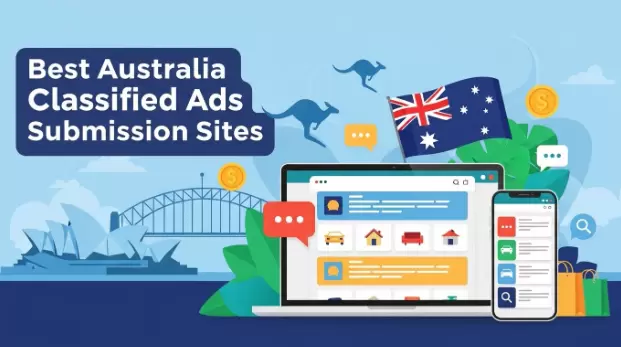If you're using a search engine to get to the bottom of a question you have, you want to find your answer fast. In the past few years, search engines like Google have tried to get a better grasp on human language to provide search results that are as relevant to their users as possible. This understanding of human language that search engines use is called semantic analysis, and it's the reason why simply using one keyword isn't enough for search engine optimization (SEO).
Do you own a website and want to rank higher in Google for the foreseeable future? You'll need to perform semantic SEO that considers the natural language processing and deep learning algorithms that Google uses to confer topical authority on high-quality websites that are relevant to users' search intent. Not only do semantic SEO strategies make it easier for you to establish topical authority in your niche, but they also make it more viable for you to outrank your largest competitors and rank more highly for the keywords most relevant to your industry.
Why Google cares about semantic SEO
Unlike traditional SEO strategies that prioritize answering simple questions based on one or two keywords, semantic SEO strategies aim to optimize content based on a user's true intent.
As you may have already surmised, web pages that are highly insightful and relevant to users' true intent are exactly where Google loves to direct its searchers. Semantic SEO is therefore one of the best processes that website owners can follow, since it demonstrates to Google crawlers your content's topical depth and authority and helps you push your pages higher up Google's search engine results pages (SERPs).
There are, of course, other factors that determine how well and for how long you rank highly in Google's SERPs. On-page optimization, strong backlinks, and security considerations such as PCI compliant hosting are some of the most important things to consider if you want to get as many eyes on your content as possible. Without semantic SEO, though, Google crawlers will be hard-pressed to say whether your content is at all relevant to the true intent of its searchers.
Semantic SEO strategies to generate traffic to your site
We know that semantic SEO lets Google discover in-depth knowledge about a topic that it can show to its users -- now let's learn about how you can use specific semantic SEO strategies to increase traffic to your website.
Craft content that answers questions
People don't just use Google to learn more about topics they're interested in -- they want answers to specific questions they're thinking about, too. It's therefore imperative that you craft content that answers questions that relate to the main topic you're trying to target.
As is the case with generating a list of semantically related subtopics, you may at first wonder what questions you should be trying to answer in the first place. Google is, yet again, the primary resource you should turn to if you want to make a list of questions your content can answer. Enter some search queries into Google using your main keyphrases and keep an eye out for any related questions that Google suggests. Pick a few questions that you feel you're well-equipped to answer and start crafting quality, long-form content that gets to the bottom of those questions in as much engaging detail as possible.
Embrace topics rather than keywords
Google wants to direct its users to websites that focus on the meaning behind their queries, not to pages that simply contain the same keywords that users enter in their searches. This means that the days of optimizing your web pages based on one or two key phrases are long gone: these days, you need to embrace a topic as well as subtopics semantically related to that broader topic to grab Google's attention.
Do you have a main topic in mind that you'd like your content to target but can't think of semantically related topics to cover? Consider using Google to find those topics for you. An easy way to track down relevant subtopics is by simply entering your main phrase into your search box. Google will spit out related search terms as you type out the letters of your primary topic or phrase and, before you know it, you should have multiple subtopics that relate to the broader topic you want your content to embrace.
If you're still searching for a larger list of subtopics semantically related to your main one, you can also consider using competitive analysis tools. These tools typically display which web pages rank highest for the main key phrase that you're interested in targeting. Using these tools together with some Google-fu can help you quickly generate a great list of topics to use as part of your semantic SEO strategy.
Spice up your pages with media and formatting
Last but not least, it’s important to add some engaging media and formatting to keep your users interested in checking out your pages for longer. Short and digestible paragraphs, images and videos, and interesting typography and formatting all play a big role in keeping your bounce rate down and the time your users spend on your pages up. Do your best to make every image, video, and other pieces of media as relevant to your target topics as possible; media that's more relevant to a user's true intent is bound to keep them on your pages for longer and subsequently direct them toward more of your quality content.
Conclusion
Semantic SEO does more than optimize your web pages around a simple keyword: it helps your content get to the heart of a user's true search intent by answering questions with authority. If you're ready to employ semantic SEO to rank higher in Google, we highly recommend that you embrace topics rather than keywords, begin crafting long-form content that answers questions related to your target topic and embellish your web pages with relevant pieces of media.


 Table of Content
Table of Content










